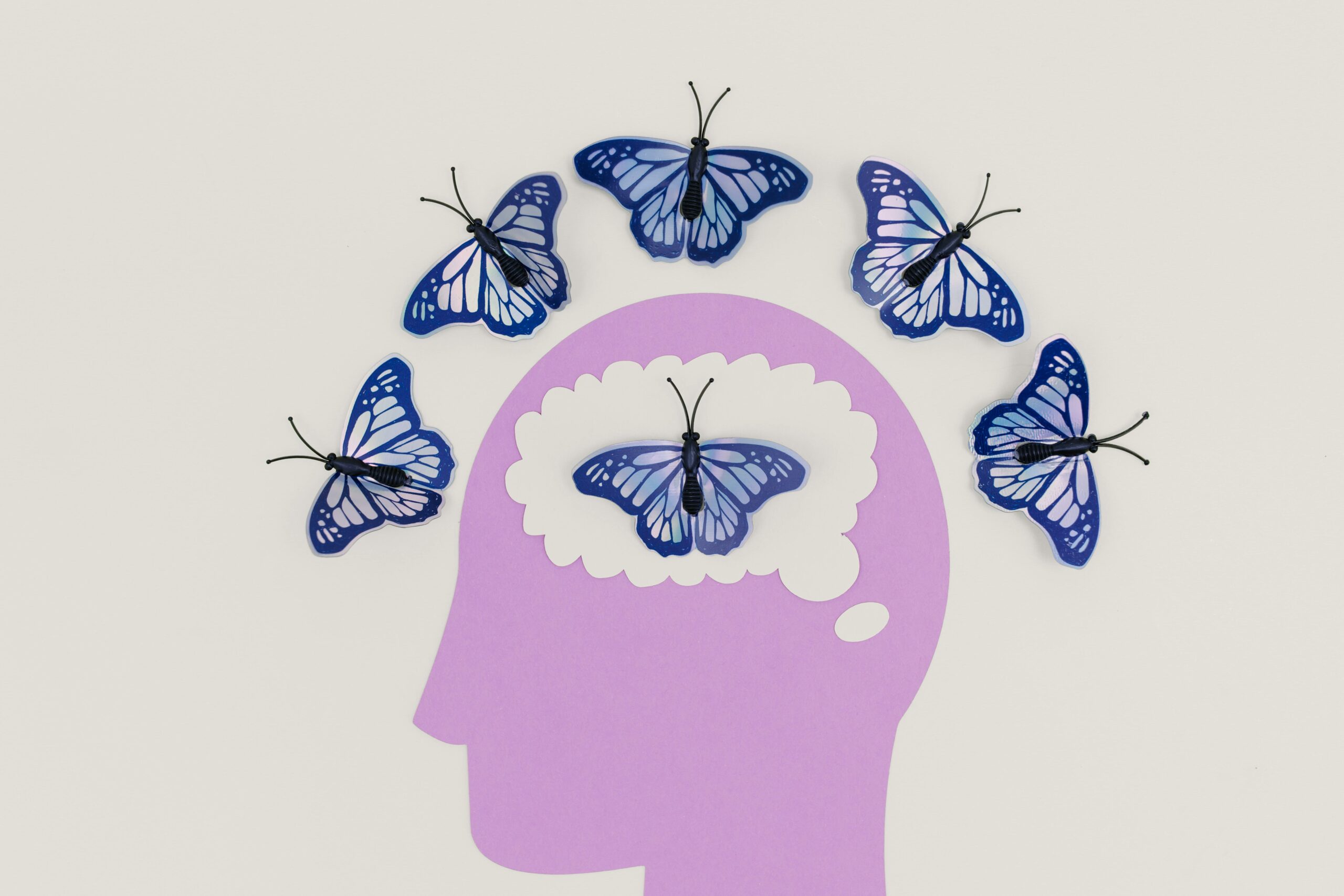Can Vitamin D Change My Life?
Category: Healthy Nutrition

Springtime ~ time to enjoy showstopping blooms and beautiful flowering trees. Some of us are literally peeking out from a wintry white blanket of snow, eager to experience the warmth of the sun. It is easy to imagine this but are we truly aware of the great health benefits we receive from this warmth? Hopefully we do take the time to emerge from our closed in apartments and homes, our typical 9 to 5 jobs, and our often daily commutes to actually enjoy this gift of light.
According to Michael F. Holick, Ph.D. M.D., author of The Vitamin D Solution, (Hudson Street Press, 2010), a vast majority of Americans are suffering needlessly from a shortage of vitamin D, one of the benefits of the sun. This deficiency can cause daily aches, pains, and fatigue, and can worsen serious illnesses, diminishing our everyday lives.
Often when we think about Vitamin D we think bone health. Dr. Andrew Weil describes it as a hormone which plays a central role in metabolism and also in muscle, cardiac, immune, and neurological functions, as well as in the regulation of inflammation. He further states that just by increasing the amount of vitamin D in the body can prevent or help treat everything from obesity to arthritis, from high blood pressure to back pain, from diabetes to muscle cramps, from upper respiratory tract infections to infectious diseases, and from fibromyalgia to cancers of the breast, colon, pancreas, prostate, and ovaries!
John J. Cannell, MD, who heads the nonprofit Vitamin D Council believes that 95% of Americans are deficient in vitamin D. Robert P. Heaney, MD, of Creighton University in Omaha explains the reason for this ~ “Society has changed, and a lot of these changes have pushed us indoors. Our parents and grandparents spent significant amounts of time working or doing other activities outdoors. Until recently, children spent a lot of time playing outside. All of this enabled people to build up enough vitamin D reserves for wintertime, when it’s nearly impossible to make vitamin D in most parts of the country. Now, though, people go from homes to their cars to their work, and spend very little time exposed to sunlight. Computers, PlayStations and other electronics, along with 500 television channels, keep us occupied indoors.”
Are you concerned about the risk of skin cancer if we take in too much sun? When the sun’s ultraviolet (UV) rays strike the skin, they stimulate our bodies’ production of vitamin D. However, we are often busy slathering on sunscreen (which inhibits the vitamin D production) because of our fear of skin cancer. Dr. Holick suggests getting approximately 10 minutes of sun exposure (depending on time of day, season, latitudinal location and skin pigmentation) before applying sunscreen.
Here are some groups known to have low vitamin D levels:
1. Those individuals who are overweight have considerably higher needs for vitamin D because vitamin D is oil soluble and hidden in their fat. The study appears in the latest issue of the Journal of Nutrition. “Much of the vitamin D produced in the skin or ingested is distributed in fat tissue,” Zoya Lagunova, MD says. “So obese people may take in as much vitamin D from the sun, food, or supplements as people who are not obese, but their blood levels will tend to be lower.”
2. The elderly, because they spend so much time indoors and also because as we age our skin loses the ability to generate vitamin D
3. Darker-skinned people have higher melanin levels, which blocks UVB radiation and limits the body’s ability to produce vitamin D3.
Like wild salmon and shitake mushrooms? These are a few of the food sources of vitamin D. Small amounts are also found in beef liver, cheese and egg yolks, tuna, mackerel and sardines. Currently, about 98% of the milk supply in the US is fortified with 400 International Units (IU) of vitamin D per quart. However, it is difficult to get enough vitamin D from these foods. For example, one would have to consume 3 cans of sardines, drink 10 or 20 glasses of fortified milk, gulp down 10 to 20 bowls of cereal (fortified with vitamin D) snack of 50 to 100 egg yolks or eat 7 ounces of wild salmon for dinner every night to eat a sufficient amount of Vitamin D.
At the present time the RDA listed for adequate vitamin D levels is for those 1-70 years of age, 600 IU daily; for those 71 years and older, 800 IU daily; and for pregnant and lactating women, 600 IU daily. My sister who suffered from rheumatoid arthritis and has just recently passed away had her blood tested for her vitamin D levels and was found to have almost none. She was put on 5,000 IU immediately just to get the levels up to normal. It is interesting that the very illness she was suffering from is said to be a result of vitamin D deficiency!
The Institute of Medicine (IOM) is presently conducting a large randomized clinical trial called VITAL – assigning one group of people to take a vitamin D supplement and another group of people to take a placebo and then track health outcomes in both groups for several years. The purpose of this is to answer the scientific questions regarding vitamin D that are considered important by the IOM: Do vitamin D doses above the new RDA prevent cancer, heart disease, stroke, and other non-bone diseases? VITAL is the first and only large trial to study the health effects of omega-3 supplements in people who are generally healthy. VITAL stands for VITamin D and OmegA-3 Trial. If you are interested in being a part of this study email vitalstudy@bwh.harvard.edu.
Meanwhile, since my mantra is prevention, I choose to continue to take my vitamin D3 supplement daily from a reliable source, and try to spend a little time in the sunshine each day without that sunscreen protection. Are you taking time to get a “little sunshine” into your life today?



Facebook Comments